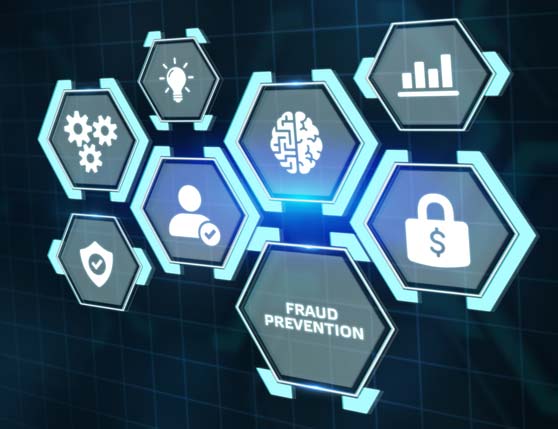Jack Henry & Associates: Fraudsters Benefit from Technology Too
- AI and online resources have made fraud easier than ever
- Smaller financial institutions fear they lack resources to defend their customers
- Jack Henry FinTalk suggests approaches to the crisis
A post at Jack Henry FinTalk notes that the growth and accessibility of technology has made banking easier for consumers, financial institutions, and businesses. Unfortunately, fraudsters are embracing the same technology.
Even though fraud has been an ever-present battle for financial institutions, the playing field has changed. Fraudsters are now utilizing real-time push payments, AI-programs, and doubling down on social engineering endeavors which have been proven to be grossly profitable in their illicit endeavors.
As fraud trends continue to evolve and become more prevalent, developing a robust fraud strategy has become imperative for financial Institutions, but where should they begin?

This sentiment was shared in an earlier post, where Tamas Kadar, Co-author of the Global Banking Fraud Index and CEO and co-founder of SEON, noted:
“We have to do a better job at catching up with all the [fraud] projects and activities because, part of an ever-evolving process, they are getting smarter day by day, and are now also utilizing technologies such as AI.”
Indeed - there is a growing anxiety about fraud attacks. Jack Henry FinTalk has advice for how banking institutions large and small can address the problem and reduce that anxiety.
A Standardized Response to Fraud
Many larger banks have the resources to defend themselves against the new wave of fraud, but there needs to be an industry-wide standard in place.
Attack vectors affect all institutions. Collaboration with other institutions is usually beneficial for both parties, but what happens when the two parties don’t agree on the definition and terms for the same fraud scenario? What was supposed to be a step towards preventing fraud instead results in wrong information, bewilderment, and subpar takeaways.
A tool that aims to bridge this gap is the FraudClassifierSM model developed by the Fraud Definitions Work Group and the Federal Reserve. The model was created to address the industrywide challenge of inconsistent classifications by setting definitions of attack vectors. While the adoption of the model is not mandatory, the mere creation of this tool is a significant step toward the unification of institutions. By establishing standardized definitions, financial institutions and regulatory bodies can align their understanding of fraud, enable better collaboration, and achieve clean reporting data.
In addition to the efforts of the Fraud Definitions Work Group and the Federal Reserve, many fintechs are developing new technologies and solutions to fight fraud that are compatible with most fraud platforms. This is accomplished through the utilization of APIs.
Check fraud detection is a prime example. There are several different types of technologies that are utilized to fight check fraud, including (but not limited too):
- Behavioral analytics
- Image forensic AI
- Data analytics
- Consortium data
- Dark web monitoring
- Positive Pay

Of course, there is no single solution that can combat check fraud. However, by blending the technologies together, and utilizing APIs to send the results to a fraud review platform, financial institutions are able to achieve a 95%+ detection rate on counterfeits, forgeries, and alterations.
Keys to Fighting Fraud: Stay Vigilant, Stay Focused
In additional to creating uniformity across the industry, the article provides advice to financial institutions for their fraud strategies:
The column warns not to neglect traditional fraud prevention measures:
Emerging fraud trends gain publicity and attention because new developments are dually worrisome and exciting. However, focusing on new attack vectors can result in institutions inadvertently neglecting traditional fraud methods. Institutions must be cautious of where resources are being pulled from when developing solutions and processes to combat new fraud methods.
Financial institutions can't overlook, the article states, the resilience and adaptability of traditional fraud techniques alongside the new emergence of fraud trends.
As financial institutions head into H2 of 2023 and start planning for 2024, it's of utmost importance to consider multiple technologies to defend against fraud, while also keeping our eyes open to the evolving fraud landscape.